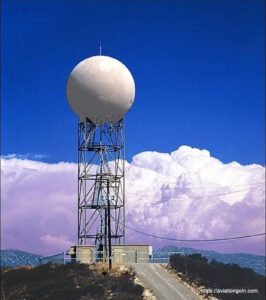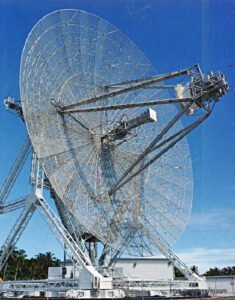The advent of unmanned aerial vehicles (UAVs), more commonly known as drones, and the nascent urban air mobility (UAM) industry have undoubtedly revolutionized aviation. The possibilities for utilizing drones and urban air mobility vehicles (UAMVs) are vast, ranging from aerial surveillance and disaster relief to package delivery and personal transportation. However, with this exciting innovation comes the imminent challenge of integrating these new air traffic participants into the existing air traffic services (ATS) infrastructure.
As the skies become busier with a variety of air vehicles, the future of ATS will require an unprecedented level of adaptability and advancement. This article explores the impact of drones and urban air mobility on air traffic services and envisions the transformative adjustments required in the future of ATS.
Impact of Drones and Urban Air Mobility on ATS

Drones and Urban Air Mobility: An Overview
Before delving into the implications for ATS, it’s essential to understand the primary players in this emerging field: drones and UAMVs.
Drones are unmanned aircraft piloted either remotely or autonomously through pre-programmed flight paths. They range in size from small personal hobbyist drones to larger commercial drones used for package delivery, infrastructure inspection, and other applications.
Urban Air Mobility (UAM), on the other hand, represents a new aviation industry that plans to transport people and goods within urban areas and between city centers via air. UAMVs could include air taxis, delivery drones, or any other type of aircraft designed to operate in an urban environment. The goal is to alleviate traffic congestion on the ground and provide quicker, more efficient transportation options.

The Impact on Air Traffic Services
The integration of drones and UAM into existing ATS presents both opportunities and challenges. Here are some of the significant ways these technologies could impact air traffic services:
- Increased Air Traffic: As drones and UAMVs become more prevalent, there will undoubtedly be an increase in air traffic. This increase will require more comprehensive and robust ATS to manage traffic safely and efficiently, particularly in densely populated urban areas.
- Shared Airspace: The integration of these new aerial vehicles into shared airspace will require changes to existing air traffic rules and procedures. Drones and UAMVs operate at low altitudes, typically below 400 feet, a space historically unregulated by air traffic control.
- Safety Management: Increased air traffic and shared airspace bring about safety concerns. As drones and UAMVs are much smaller than traditional aircraft, they present unique collision and ground risk challenges.

Envisioning the Future of ATS
The changing landscape of air traffic brought about by drones and UAM requires a reimagining of the ATS framework. The future of ATS lies in its adaptability and technological advancements. Here are some aspects that need to be considered for future ATS:
- Unmanned Traffic Management (UTM) Systems: NASA’s initiative to develop UTM systems is a crucial step towards safely integrating drones into the national airspace. UTM systems aim to manage drone traffic independently from manned aircraft, avoiding overburdening traditional air traffic control systems. They could also provide solutions for flight planning, weather information, and contingencies for drone operators.
- Urban Traffic Management (UAMTM) Systems: Similar to UTM, UAMTM systems are designed to accommodate the unique needs of UAM vehicles. As UAMVs are expected to operate in much busier urban environments, UAMTM systems will need to manage higher volumes of traffic and greater structural obstacles.
- Digitalization and Automation: Future ATS will rely heavily on digital technology and automation to manage increased traffic efficiently. Machine learning and artificial intelligence could play significant roles in analyzing traffic patterns, predicting potential hazards, and automating responses.
- Remote and Distributed ATS: Remote and distributed ATS could provide the scalability necessary for managing increased traffic. Instead of being centralized in one location, air traffic services could be spread across various interconnected centers, providing more comprehensive coverage and flexibility.
- Regulatory Frameworks: To ensure safety, the regulatory framework will need to adapt and provide clear guidance for drone and UAM operations. It includes certification processes for drones and UAMVs, licensing and training for operators, and rules for operations in shared airspace.

The rise of drones and urban air mobility represents an exciting shift in aviation, bringing about profound possibilities for societal advancement. However, the integration of these new types of aerial vehicles into the existing airspace is a significant challenge that requires innovative solutions and a comprehensive reimagining of air traffic services.
From unmanned and urban traffic management systems to increased automation, the future of ATS will be shaped by the need to adapt to this increased diversity and volume of air traffic. As the skies grow busier, the principles of safety, efficiency, and adaptability will continue to guide the evolution of air traffic services.
As we look towards the future, we must ensure that these advancements and the accompanying regulatory frameworks are developed in a way that ensures safety, efficiency, and inclusivity. With thoughtful planning, careful regulation, and innovative technology, we can ensure that the future of ATS is prepared for the era of drones and urban air mobility.
